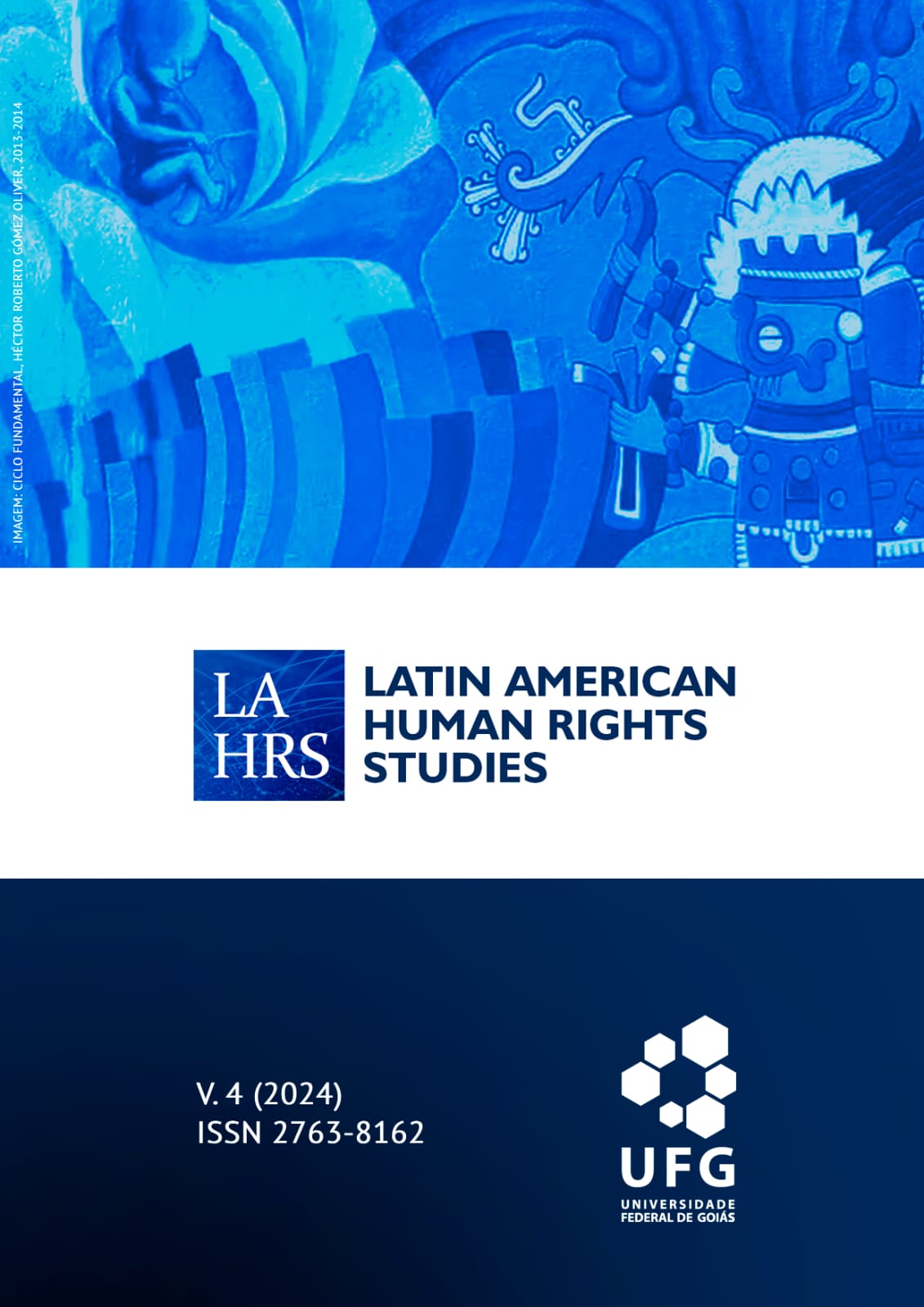The use of artificial intelligence in combating human trafficking
DOI:
https://doi.org/10.5216/lahrs.v4.81297Keywords:
Tráfico de pessoas; Inteligência artificial; AplicativosAbstract
Human trafficking can take on a transnational character, and collaboration between States is essential in repressing criminals and identifying and locating victims. To this end, it is possible to use artificial intelligence tools as mechanisms to prevent and combat the crime of human trafficking. This research used, initially, a bibliographical review on the application of artificial intelligence in public security in general and subsequently a qualitative empirical methodology to verify the use of artificial intelligence aimed at preventing the crime of human trafficking. . The existence of “Stop the Traffik” stands out, which uses data generated by its “Traffik Analysis Hub” program, in conjunction with its STOP APP application, to identify human trafficking routes, assisting the work of NGOs and government agencies. Furthermore, “Spotlight”, whose main objective is to speed up the identification of victims, works by analyzing sexual advertisements on virtual platforms and, through artificial intelligence, seeks to detect patterns of child sex trafficking. Finally, Hotel50k can be mentioned, which works in conjunction with the Traffick Cam application. Hotel50k is a database of images of hotel rooms that help identify locations that may be used as captivity for victims. Traffick Cam is an application that allows people to send images of their hotel rooms to contribute to the aforementioned database.
Downloads
Published
Issue
Section
License
Copyright (c) 2024 Latin American Human Rights Studies

This work is licensed under a Creative Commons Attribution 4.0 International License.
CC BY (Attribution 4.0 International): This license allows reusers to distribute, adapt, and build upon the material in any medium or format, so long as attribution is given to the creator. The license allows for commercial use. See the full license.


